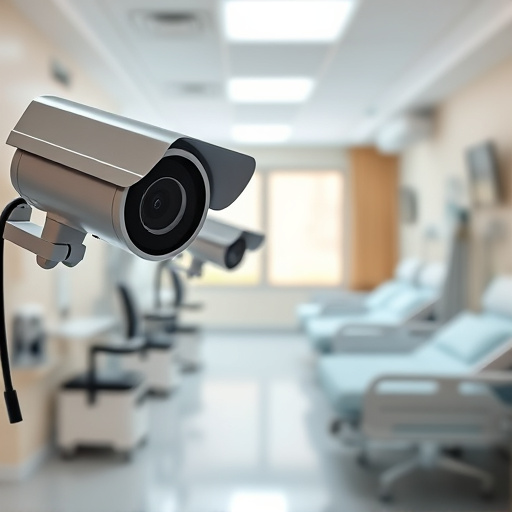Cameras for nursing homes are increasingly vital tools in senior care, offering remote surveillance to monitor activities, detect risks, and ensure medication adherence, thereby enhancing security and care management. However, their deployment raises ethical dilemmas and privacy concerns, balancing the need for enhanced safety with residents' right to dignity and autonomy. Care facilities must adopt transparent camera policies, obtain informed consent, and regularly review practices to address these issues effectively.
Hidden cameras in nursing homes have become a topic of increasing interest, raising both concerns and potential benefits. As the elderly population grows, understanding their care environment is crucial. This article explores the need for surveillance technology in senior living facilities, delving into various types of hidden cameras available and their applications. We also weigh ethical considerations and privacy issues while examining the advantages and drawbacks of implementing such systems in nursing homes, providing insights into the complex camera for nursing homes debate.
Understanding the Need for Cameras in Nursing Homes
In the realm of senior care, ensuring safety and well-being is paramount. Cameras for nursing homes play a pivotal role in achieving this by providing an extra layer of oversight and peace of mind. With an aging population and increasing incidences of dementia, it’s crucial to navigate the challenges that arise from managing the care of vulnerable seniors.
Nursing homes often face complex situations, from preventing fall risks and monitoring medication administration to ensuring proper treatment and addressing potential abuse or neglect. Cameras in these facilities offer a discreet means of surveillance, allowing staff to remotely monitor activities, detect unusual behavior, and ensure adherence to safety protocols. This technology serves as a powerful tool for maintaining the dignity and security of residents while facilitating efficient care management.
Types of Hidden Cameras Available
In the context of senior care, especially in nursing homes, cameras for nursing homes serve as essential tools for monitoring and ensuring safety. A range of hidden cameras is available to cater to different needs, from small, discreet models suitable for individual rooms to more advanced systems capable of capturing wide-angle views in common areas. These hidden cameras are designed with privacy in mind, offering features like motion detection and night vision, ensuring only relevant footage is recorded while maintaining the comfort and dignity of residents.
For nursing homes, wireless cameras with cloud storage options provide a convenient way to access real-time video feeds from anywhere. These systems often include apps that allow caregivers to monitor activities, check on residents’ well-being, and even communicate remotely. Additionally, some advanced models offer two-way audio capabilities, enabling quick responses during emergencies or when residents require assistance.
Ethical Considerations and Privacy Concerns
The use of hidden cameras in nursing homes or care facilities for seniors raises significant ethical considerations and privacy concerns. While advocates argue that these devices can enhance safety, monitor staff behavior, and provide peace of mind to families, opponents highlight the potential invasion of residents’ privacy. Cameras, especially when undetected, can create an atmosphere of mistrust and make residents feel devalued and objectified.
Privacy is a fundamental right, and the installation of cameras in senior care environments must be approached with caution. It’s crucial to balance the need for monitoring with the rights of seniors to maintain their dignity and autonomy. Care facilities should implement transparent policies regarding camera placement, ensuring residents and their families are informed and give consent. Additionally, regular reviews of these policies can help address evolving privacy concerns in an ever-changing technological landscape.
Benefits and Potential Drawbacks for Senior Care Implementation
Implementing hidden cameras in senior care settings, such as nursing homes, has both advantages and potential downsides. One of the primary benefits is enhanced safety and security for residents. Cameras can help monitor activities, detect potential abuse or neglect, and provide valuable evidence in case of any incidents. They also offer peace of mind to families, allowing them to remotely check on their loved ones’ well-being.
However, privacy concerns are a significant drawback. Seniors may feel infringed upon by the constant surveillance, impacting their independence and dignity. There’s also a risk of camera footage being misused or accessed without consent. To balance these issues, clear policies must be in place regarding camera usage, access to recordings, and data protection, ensuring both the safety of residents and their right to privacy.
